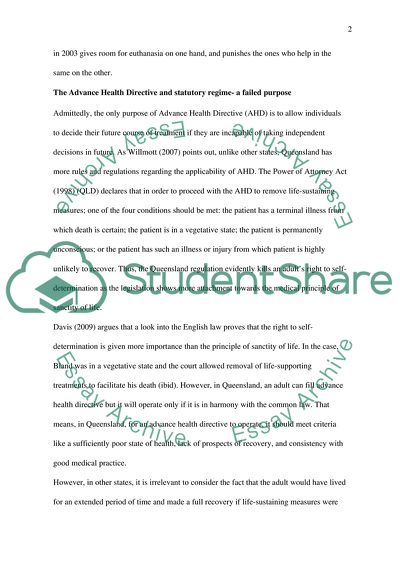Cite this document
(Euthanasia in Australia Essay Example | Topics and Well Written Essays - 2000 words, n.d.)
Euthanasia in Australia Essay Example | Topics and Well Written Essays - 2000 words. https://studentshare.org/law/1770011-euthanasia-in-australia
Euthanasia in Australia Essay Example | Topics and Well Written Essays - 2000 words. https://studentshare.org/law/1770011-euthanasia-in-australia
(Euthanasia in Australia Essay Example | Topics and Well Written Essays - 2000 Words)
Euthanasia in Australia Essay Example | Topics and Well Written Essays - 2000 Words. https://studentshare.org/law/1770011-euthanasia-in-australia.
Euthanasia in Australia Essay Example | Topics and Well Written Essays - 2000 Words. https://studentshare.org/law/1770011-euthanasia-in-australia.
“Euthanasia in Australia Essay Example | Topics and Well Written Essays - 2000 Words”. https://studentshare.org/law/1770011-euthanasia-in-australia.


